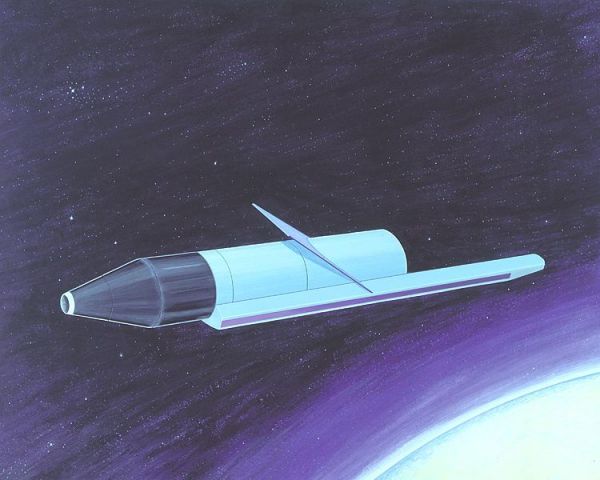Soon after Sputnik was launched in 1957, both the US and the Soviet Union found uses for permanently-orbiting satellites. They could map the earth, enable communications, and spy on each other. These activities required energy, and nuclear power was the way to keep a satellite running for years on end. Both the Americans and the Soviets launched numerous nuclear-powered satellites, some of which are still orbiting the earth.
The Soviet Union began launching nuclear satellites into space in 1965. For the next 22 years they launched over thirty satellites, each carrying a small nuclear reactor on board to power the various instruments. These satellites were mostly of reconnaissance type meant to spy upon the US Navy’s vessels and submarines. The satellites used radar to detect marine traffic, and because the radar signal rapidly loses power with distance, the satellites had to be placed in low earth orbit where there was significant drag from air molecules. The air resistance prohibited the use of large solar panels, leaving nuclear power as an attractive and probably the only alternative.
The majority of these satellites carried type BES-5 nuclear reactors fueled by uranium-235. Because of space and weight constraints, the fuel was highly enriched to weapons-grade level so that the reactors were fast, efficient and small, not to mention, extremely powerful. A typical BES-5 nuclear reactor weighed less than 400 kg and generated 100 kW of thermal power, of which about 3 kW was converted to usable electric power. The reactor was mounted inside a separate unit that could be jettisoned further up into space into a higher orbit once the satellite reached the end of its operational life. This way the dead satellite could safely re-enter earth’s atmosphere without the risk of radioactive contamination. But as far as space missions are concerned, things don’t always work out as planned.
That was the fate of the satellite named Cosmos 954, launched in 1977, which had numerous glitches. The USSR knew it wouldn't stay in orbit, and the mechanism to jettison the reactor was one of the components that failed. Read the story of the nuclear satellite that crashed over a 600-kilometer path in Canada at Amusing Planet.
(Image credit: Ronald C. Wittmann)











Comments (0)